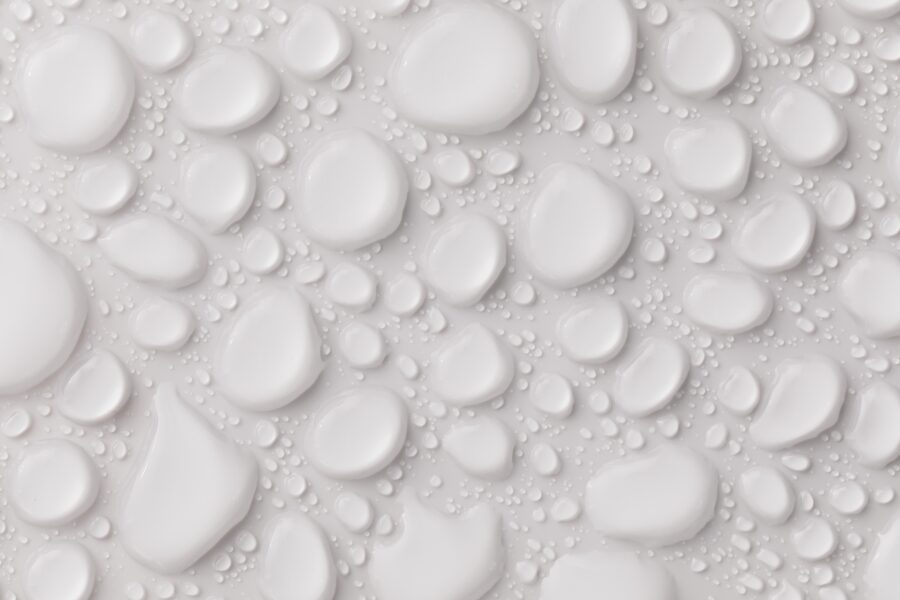
Beauty will Save Our Children
You may have heard the mysterious statement of Alexandr Solzhenitsyn that “Beauty will save the world.” I wonder if it can save our kids. Plato said, “Teach the child early to love the Good and the Beautiful, so that when Reason at length comes to him, he will hold out his hands in welcome and recognize her because of the affinity he bears to her.” Plato was saying that beauty is closely related to reason—to rational order and proportion. Instead of placing aesthetics in the realm of the irrational, we should affirm that reason and beauty go hand in hand.
When children spend time in an environment that is orderly and of good proportion—not massive and inhuman, and not only made for kid-sized or adult-sized bodies—they thrive. The great educator and physician Maria Montessori once answered a question as to why she designed her famous “pink tower” of graduated blocks to be assembled only on a green cloth. “Because it is beautiful,” was her reply! A scientist once evaluated a proposed theory by another and rejected it. When asked why, he said, “Because it isn’t elegant.” He was looking for simplicity, symmetry, and that combination of surprise and inevitability we sense when we see something beautiful.
A common objection to training a child’s aesthetic sense is that beauty is too subjective to be a subject of discussion. Not so. There are objective reasons why certain architecture is pleasing to the eye—and to the rest of our bodies–and some is dismal. Musical harmonies are a matter of vibrations or wavelengths that literally fit into other wavelengths.
The quaint old book, Design your Home for Living, by Mabel Trilling and Florence Nicholas, shows entertaining examples not just of good home décor, but of the distasteful as well, and explains why one design is simply superior to another—a bold approach for our relativistic times. While our tastes in furniture have changed since the book came out in the 1950’s, principles behind the commentary remain the same.
Montessori education trains students to look at their environment and notice whether it is orderly or not, making the classroom teacher a guide to sharpening their awareness, eliciting the sense of beauty that comes from within the students…
